Creating an eco-friendly bathroom is a small but impactful way to reduce your household’s environmental footprint. While bathrooms are essential to daily routines they can also be a major source of waste and resource consumption. From water use to single-use plastic packaging many conventional products contribute to environmental harm.
With a few thoughtful changes you can turn your bathroom into a more sustainable space. Adopting sustainable household products and reducing single-use items makes it easier to live an eco-friendly lifestyle.
Swap 1: Choose Plastic-Free Toilet Paper
Traditional toilet paper often comes wrapped in plastic which adds to the problem of plastic waste. Switching to plastic-free toilet paper offers a simple way to cut down on household plastic usage. Many eco-friendly brands use paper or compostable packaging to eliminate unnecessary plastic.
In addition to reducing packaging waste the plastic-free toilet paper is usually made from renewable materials such as bamboo. Bamboo toilet paper is not only biodegradable but also manufactured without harsh chemicals like chlorine making it safer for the environment and your skin.
By choosing plastic-free alternatives you are not just reducing waste in your home but also supporting brands committed to sustainability.
Swap 2: Replace Disposable Products with Reusable Alternatives
Disposable bathroom items such as cotton pads and razors and plastic toothbrushes generate significant waste. Making the switch to reusable options can dramatically reduce your environmental impact. Consider these swaps
Reusable Cotton Rounds: Washable cotton pads can replace single-use cotton rounds and last for years with proper care
Safety Razors: A stainless steel safety razor is a durable alternative to disposable plastic razors and offers a cleaner shave
Bamboo Toothbrushes: Swap your plastic toothbrush for one made of bamboo which is biodegradable and works as effectively as traditional options
These changes help keep your bathroom clutter-free while reducing waste.
Swap 3: Switch to Sustainable Personal Care Products
Personal care items such as shampoos, conditioners and soaps often come in plastic packaging and contain harmful ingredients. Look for eco-friendly alternatives that minimize both waste and toxic chemicals.
Bar Soaps and Shampoos: Solid soaps and shampoo bars eliminate the need for plastic bottles and last longer than liquid products
Refillable Products: Many companies offer refillable products such as body wash or lotion in eco-friendly packaging
Natural Ingredients: Choose products made from organic ingredients to avoid contributing to water pollution from synthetic chemicals
Using sustainable household products ensures that your personal care aligns with environmental values.
Swap 4: Conserve Water with Simple Adjustments
Water conservation is an essential aspect of creating an eco-friendly bathroom. Simple actions can significantly reduce your household’s water consumption without sacrificing comfort.
- Install Low-Flow Fixtures: Low-flow showerheads and faucets reduce water usage without compromising pressure.
- Use Water-Efficient Toilets: Dual-flush toilets give you control over the amount of water used with each flush.
- Turn Off Taps: Make it a habit to turn off the tap while brushing your teeth or shaving to avoid wasting water.
These small adjustments can save thousands of liters of water each year and lower your environmental impact and utility bills.
Swap 5: Embrace Zero-Waste Cleaning Products
Many traditional cleaning products are packaged in plastic and contain harmful chemicals that pollute waterways. Switching to zero-waste cleaning products ensures that your bathroom stays clean while also supporting eco-friendly practices.
- Vinegar and Baking Soda: These simple household ingredients make effective and non-toxic cleaners for bathroom surfaces.
- Reusable Cleaning Cloths: Replace disposable wipes with washable microfiber cloths to reduce waste.
- Eco-Friendly Brands: Look for bathroom cleaners from brands that offer plastic-free packaging and biodegradable formulas.
These sustainable swaps demonstrate that a clean bathroom doesn’t have to come at the expense of the environment.
Frequently Asked Questions
- How can I find eco-friendly bathroom products?
Look for products labeled as biodegradable and plastic-free or made from sustainable materials. Certifications like FSC (Forest Stewardship Council) can also indicate sustainable sourcing. - Is plastic-free toilet paper as effective as regular toilet paper?
Yes, plastic-free toilet paper performs just as well as conventional options. It’s often softer and biodegradable and also better for the environment. - Do bamboo toothbrushes work as well as plastic ones?
Absolutely. Bamboo toothbrushes offer the same level of effectiveness while being more environmentally friendly due to their biodegradable materials. - Can eco-friendly bathroom products help me save money?
Yes! Products like safety razors or reusable cotton rounds and low-flow fixtures reduce waste and last longer also offering long-term savings. - How does using sustainable household products benefit the planet?
Using sustainable products minimizes waste and reduces resource consumption and supports environmentally conscious brands that contribute to a healthier planet.
Conclusion:
Creating an eco-friendly bathroom is easier than it seems. By adopting sustainable household products and replacing single-use items with reusable alternatives, you can make a positive impact on the environment without sacrificing comfort or convenience. Switching to plastic-free toilet paper is one of the simplest steps you can take but it’s just the beginning.
These small changes add up reducing waste and conserving resources and supporting sustainable practices. Every eco-friendly swap is a step toward a cleaner and greener future which proves that even the smallest adjustments in your bathroom routine can lead to meaningful change.





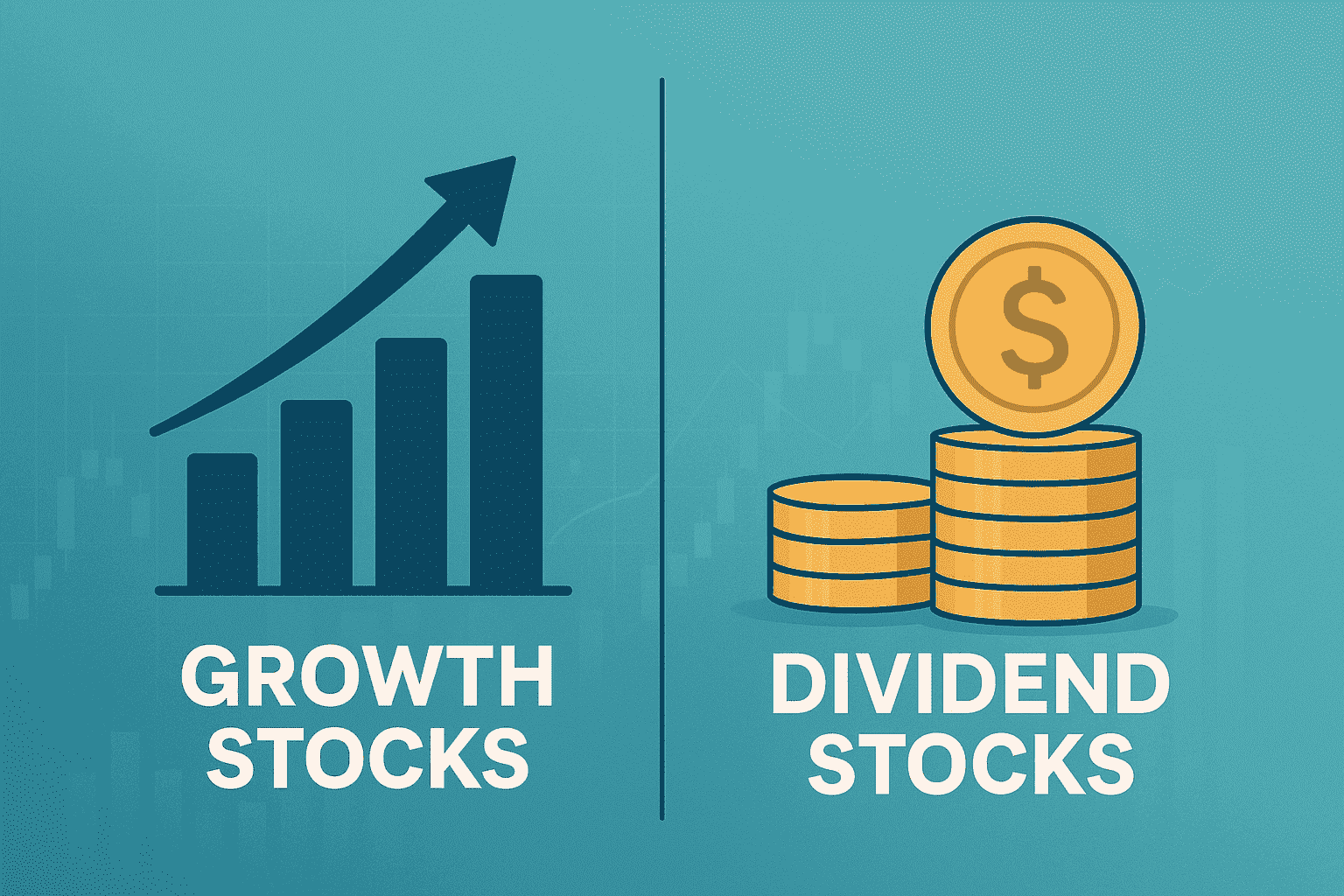
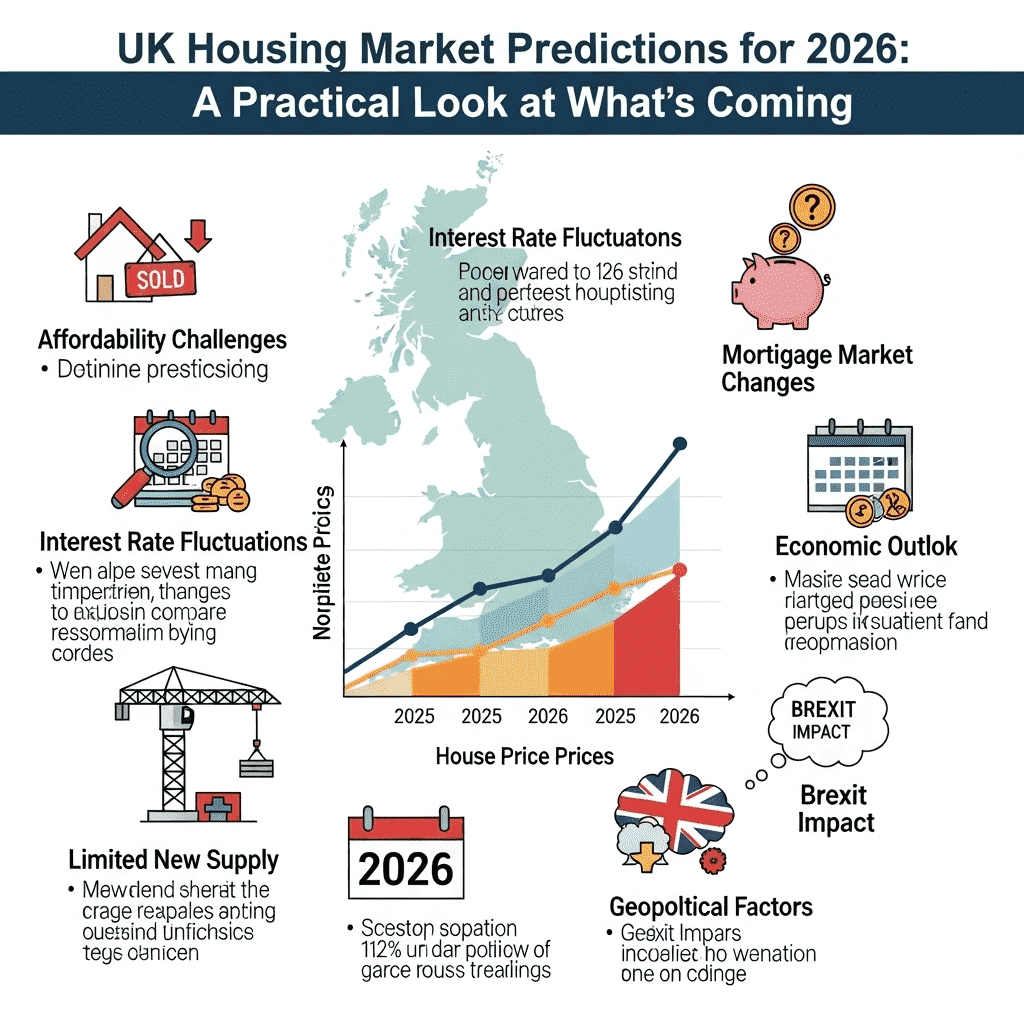
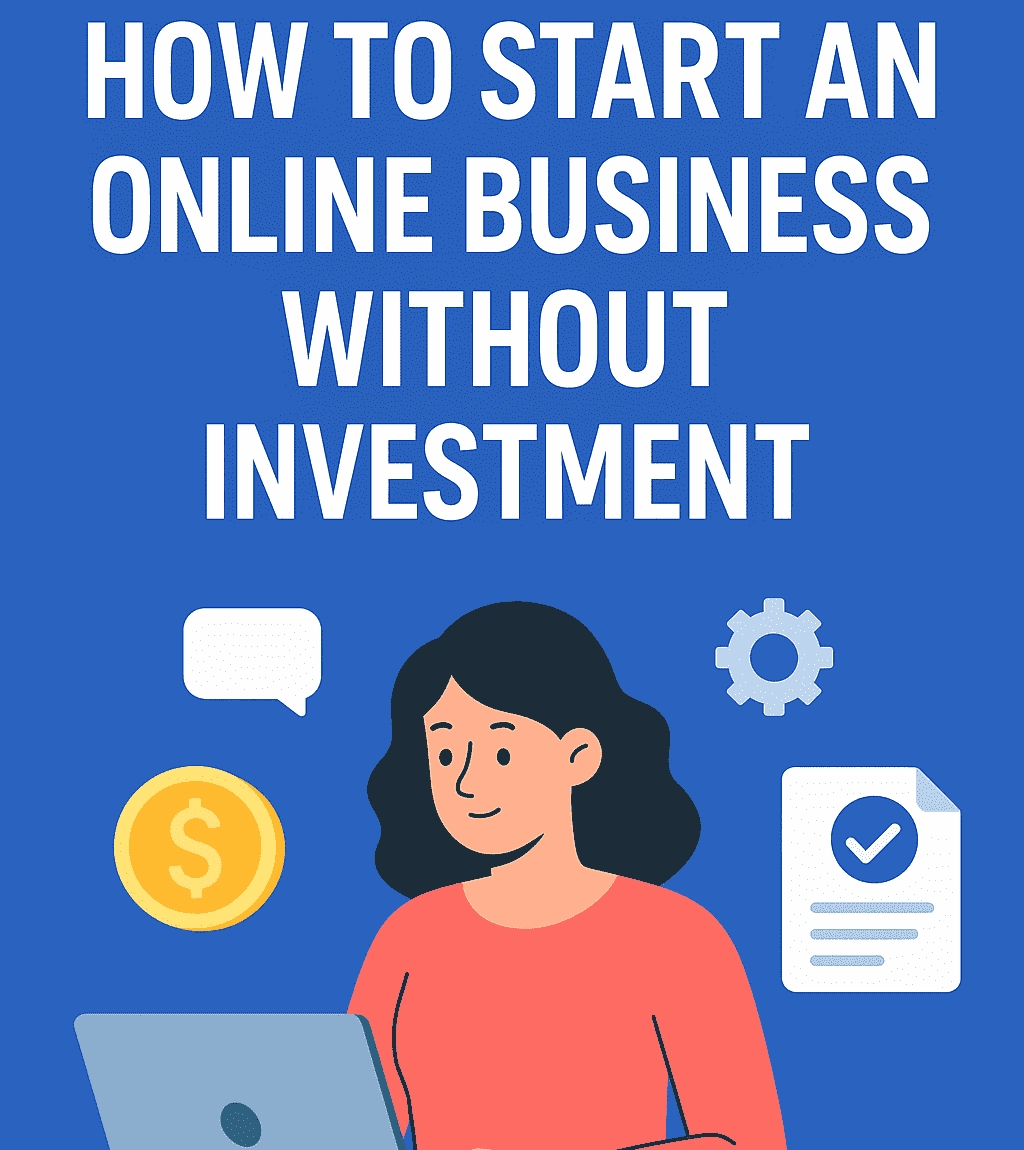

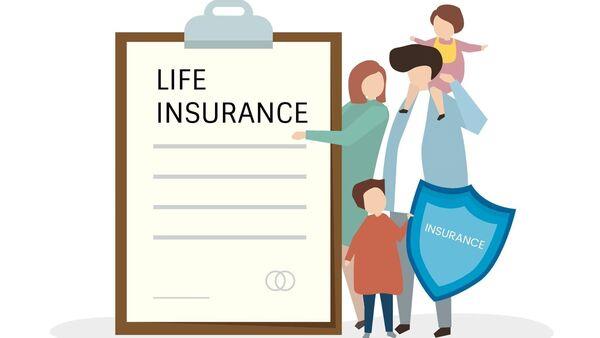
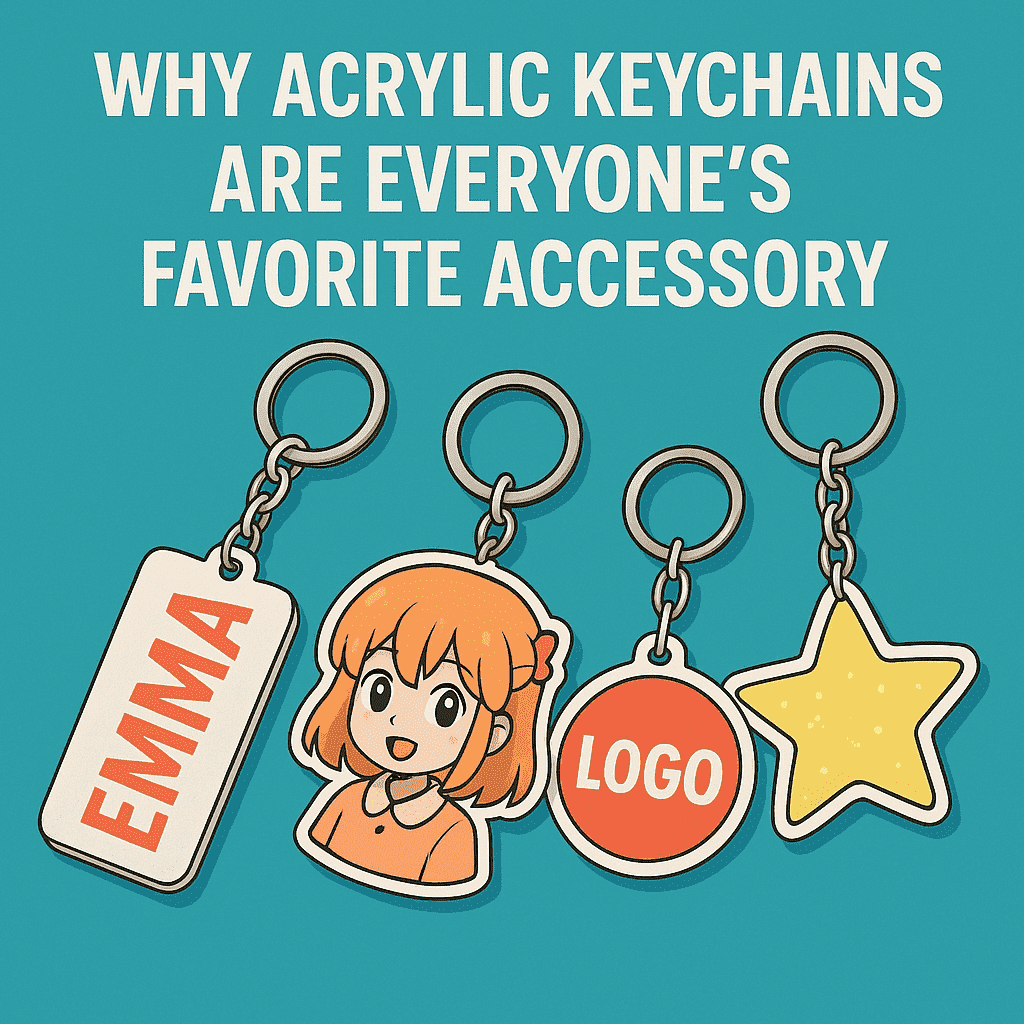




Leave a Reply